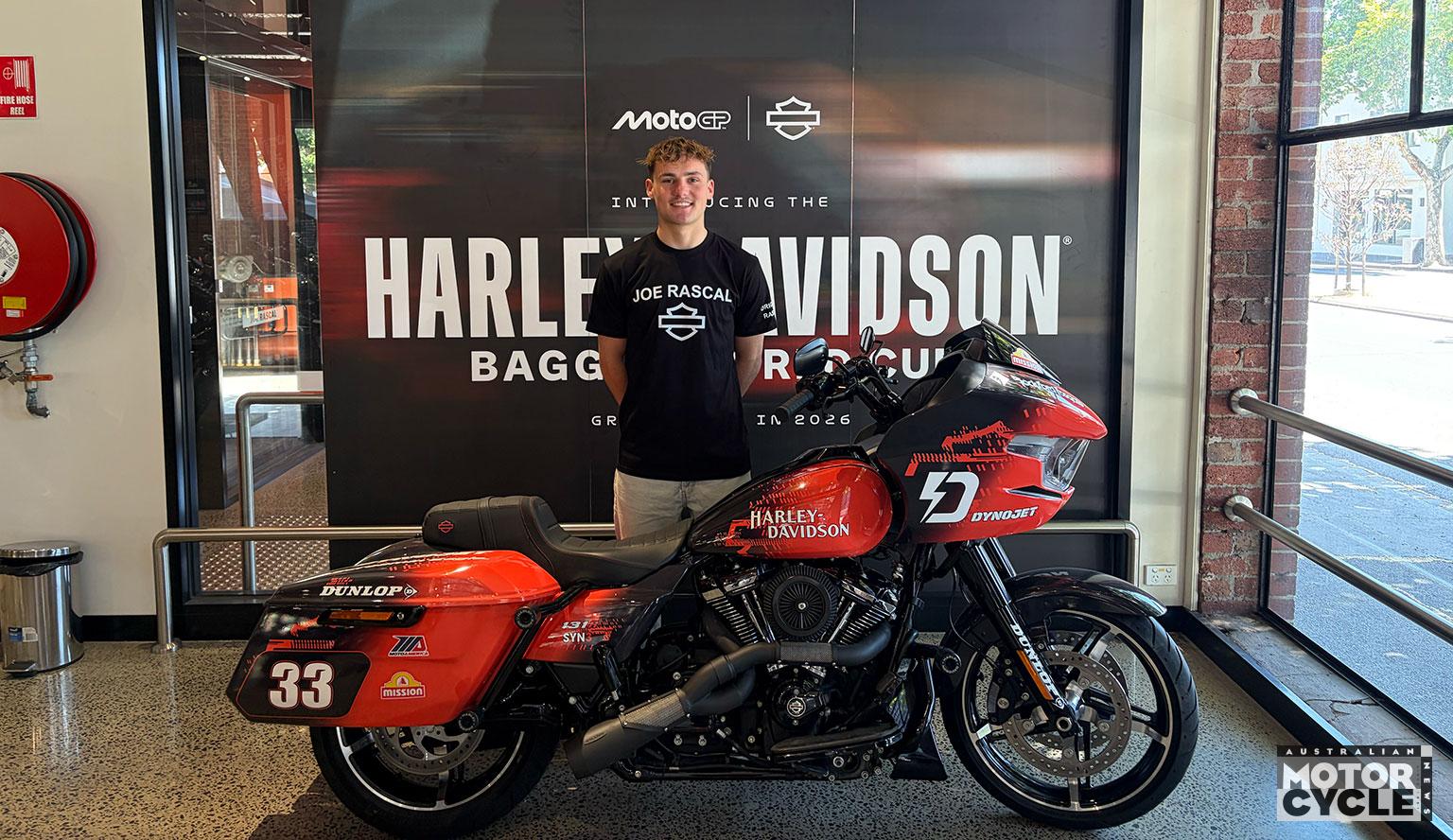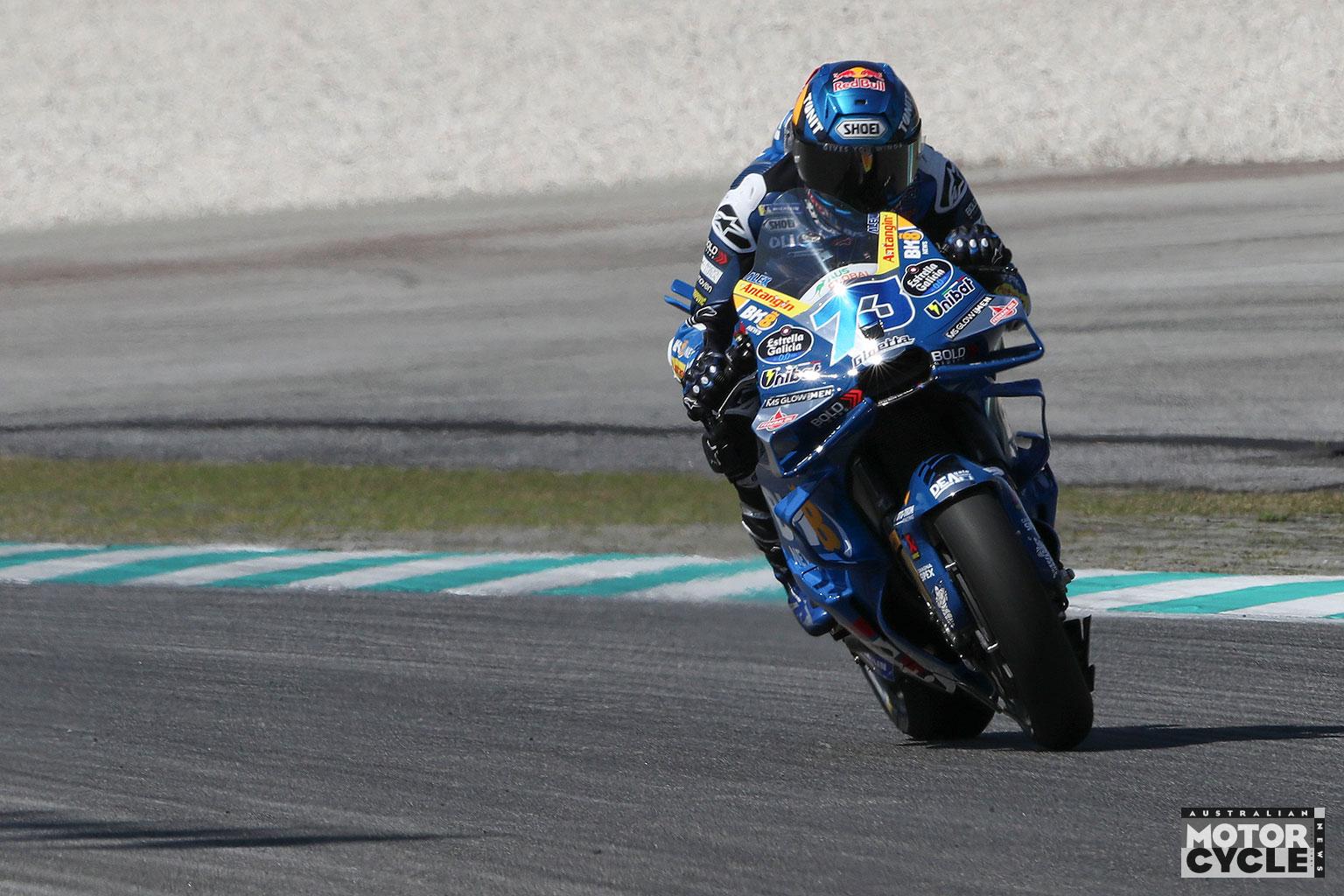“It’s a disaster,” said Marc Marquez, a sentiment widely echoed; while there was widespread puzzlement that a track resurfaced mainly to get rid of bumps could actually have become (at least in some places) more bumpy than before.
There was also a common element of praise, summed up by Valentino Rossi. “The grip is a bit better, but overall it is better because before there was a minimum of four different surfaces, but now it is one surface.”
Jack Miller joked: “I asked Ohlins for Motocross suspension.” The track grip was improving as rubber was laid down, but “it’s difficult … a handful. But I’m enjoying it, because my bike is working well.”

It was, he continued, “bumpy in strange place. I don’t think it’s because of the [Formula 1] cars. It’s more like a road laid on soft soil.”
Cal Crutchlow, who had earlier in the year pronounced the track much improved when he tried it on a road bike, concurred. “Maybe some are from the cars, but when I spoke to the F1 guys they said it was bumpy when they first came here.”
Pedrosa said that the bumps were fooling the electronics into shutting down to avoid wheelspin, which was in fact just bouncing; but that if you turned the electronics down then you went sideways in the corners.
“You have to fight on every exit,” said Dovizioso. “It’s bad for everybody when you have to fight the bumps at the best track in Europe.”
For Rossi, it was “more than dangerous, it is difficult to manage.”
He continued: “The secret to riding a bumpy track is .. to don’t care.”
The other difficulty on the first day was strong winds, also referred to by several riders.
“At high speed with the wind the bike is like a sail,” explained Pedrosa.
By Michael Scott












